Business groups call on new lawmakers to pass key measures
THE PHILIPPINE Chamber of Commerce and Industry (PCCI) has called on the new Congress to pass key economic measures to promote competitiveness and business growth in the country.
“As the country anticipates the final and official results of the midterm elections, the PCCI, the largest business organization in the country, hopes for the new Congress to pass economic measures that support and promote competitiveness and business growth,” the group said in a statement on Tuesday.
Among these measures is the Magna Carta for micro, small, and medium enterprises (MSMEs), which the PCCI said will extend banks’ mandatory loan allocation for small businesses. It will also remove the Bangko Sentral ng Pilipinas’ regulatory cover on SB Corp., which will allow the extension of MSME loans within an out-of-the-box framework.
The group also called for the passage of the International Maritime Trade Competitiveness Act, which was recently filed as House Bill No. 10507.
The proposed law aims to strengthen the oversight functions of government agencies over the imposition of shipping charges by international shipping lines.
This will “ensure that the shipping charges are based on international best practices, reasonable, and subject to taxes, as these are charged at a local level,” the PCCI said.
The bill has been pending with the House Committee on Transportation since Aug. 29.
The PCCI is also pushing for amendments to the charters of the Philippine Ports Authority (PPA) and the Civil Aviation Authority of the Philippines (CAAP).
“The developmental functions [should] be given to a private entity that will be responsible for the development and commercial functions of ports, allowing PPA and CAAP to focus on their core function of regulatory oversight,” the PCCI said.
Another measure that the group is pushing for is the National Quality Infrastructure Act, which is seen to help in facilitating access of Filipino products to global markets by ensuring that they meet international quality benchmarks.
The group also asked for the rationalization of the mining fiscal regime, which it said will allow for predictability in tax policies, enabling long-term decisions in the sector where exploration to production takes five to 10 years.
“These are some of our wishes that, hopefully, this new Congress will consider enacting. These reform measures are essential if we want to build a better and progressive economy,” PCCI President Enunina V. Mangio said.
She added that it is important to elect legislators who can “champion policies that foster economic stability and growth and promote a conducive environment for business.”
She said she hopes the Filipino people will elect leaders “with good economic and financial literacy and understand global trade and investment.”
Meanwhile, Makati Business Club (MBC) Executive Director Rafael A.S.G. Ongpin said the business group is happy as the midterm elections “seem to have been a very free and fair election by Philippine standards.”
“The smoothness of this political exercise shows that we are a stable country politically, and that has implications for our economy as it makes us more investor-friendly,” Mr. Ongpin told reporters on Tuesday.
“There really were many different factions competing, and they all had varying degrees of success, so that for us is good… So, we are happy that it went well with no big glitches,” he added.
For MBC, he said they hope the incoming Congress will prioritize the Freedom of Information (FOI) bill.
“The MBC has been trying to press on this for decades. Actually, the first FOI bill was filed in Congress in the 80s. It is a long-standing effort, and the Senate finally was able to consolidate all their versions and have just one bill,” he said.
“There are various other measures such as taxation and so on that we are sponsoring in line with our initiatives, and we feel that we have a much better chance of success with this Congress,” he added.
Mr. Ongpin said the incoming Congress seems to be a “more functional assembly of people and are not going to be squabbling amongst each other.”
He added that he is happy with the results of the elections, noting that “it shows that there are people who vote on issues rather than personalities.” — Justine Irish D. Tabile



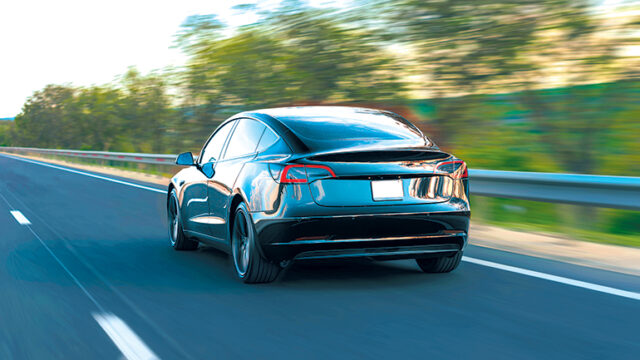

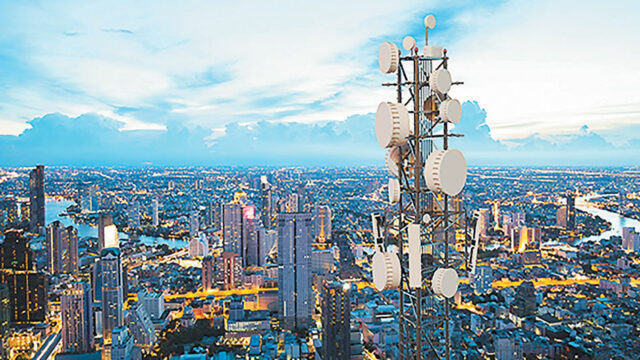
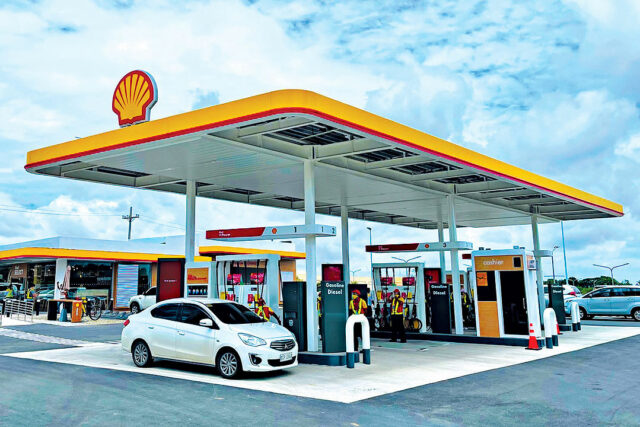

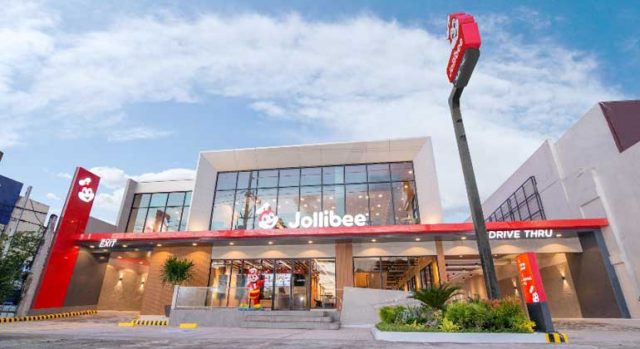


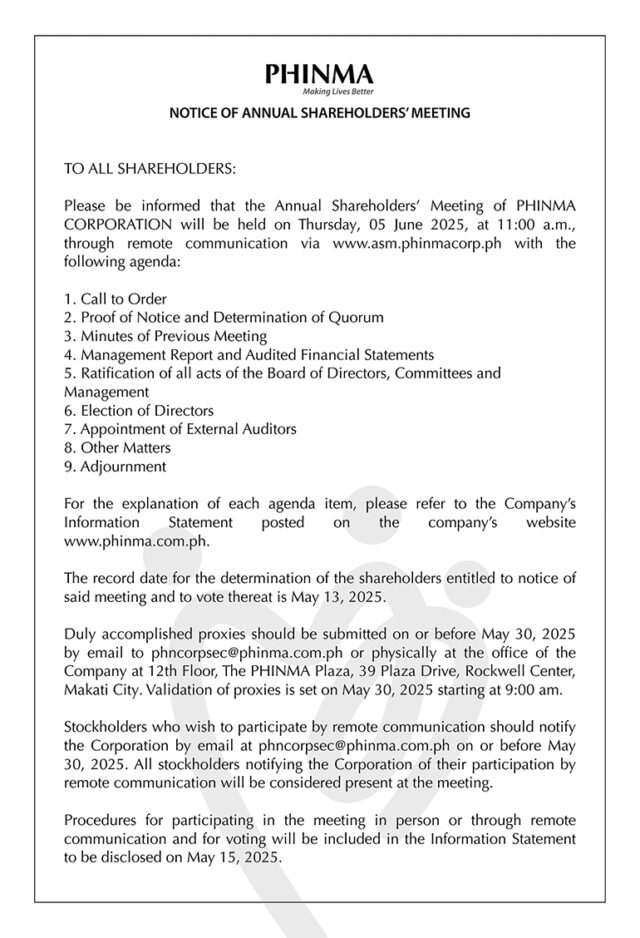

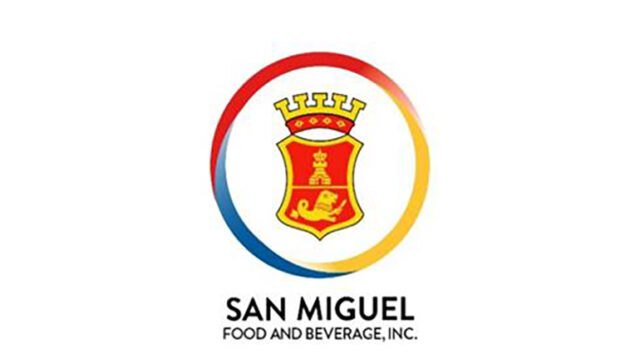
 (Sgd.)
(Sgd.)